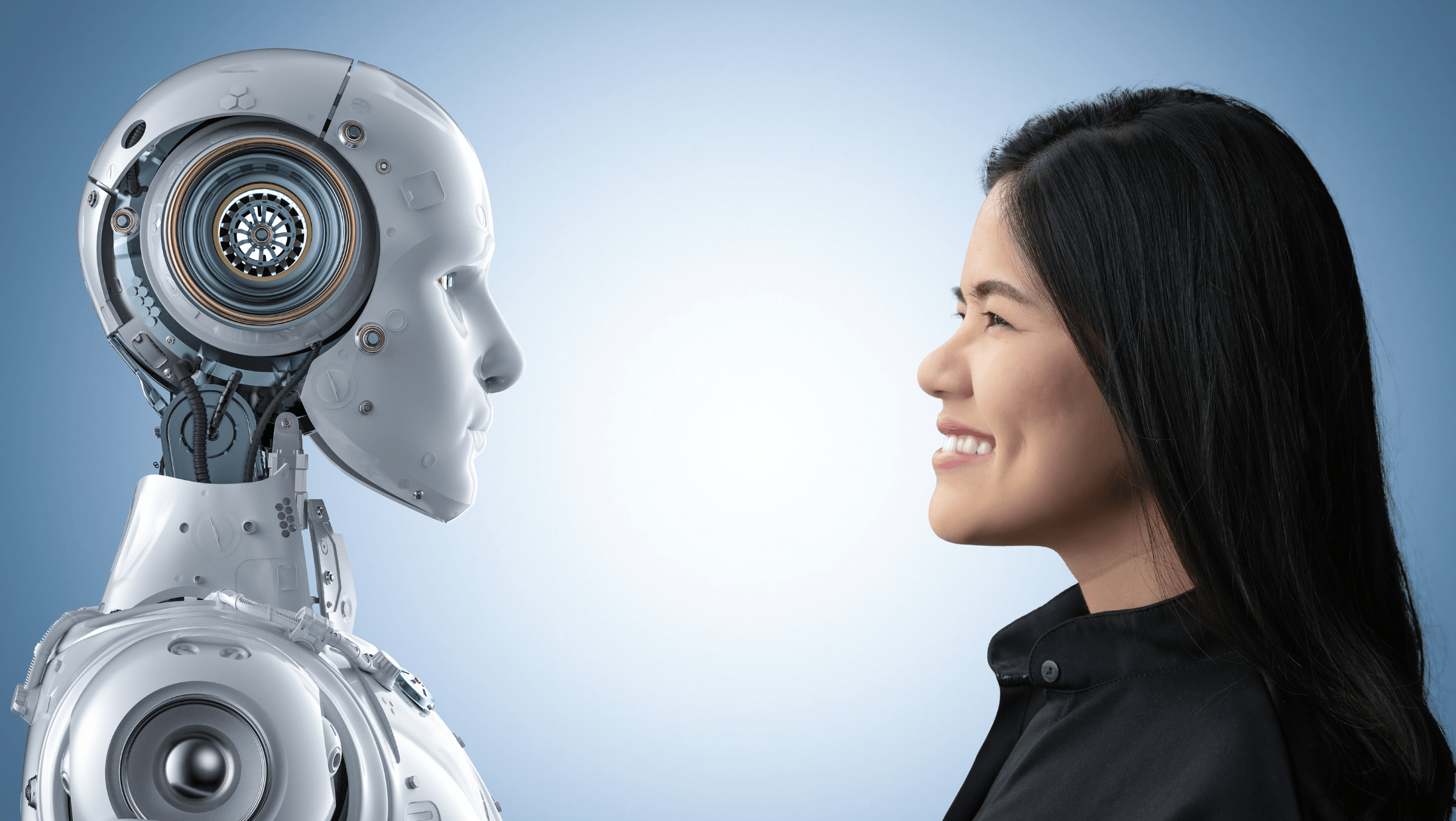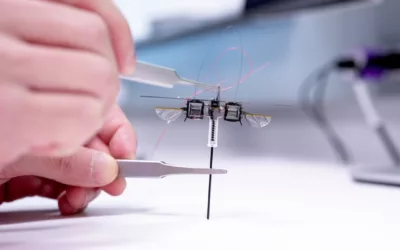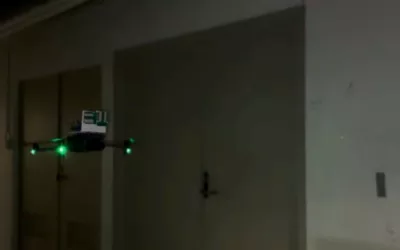Social robots, which refer to robots engaging with humans by demonstrating social behaviors and adhering to norms, have experienced a surge in popularity as reported in a research paper by IScience. The landscape has witnessed a rapid increase in research prototypes and commercial devices.
Notable examples such as Hanson Robotics’ Sophia, a human-like robot that gained media attention in 2017 by being granted ‘honorary citizen’ status in Saudi Arabia. Additionally, Softbank’s Pepper and Nao have become widely available humanoid robots, finding applications in various disciplines and commercial sectors like customer assistance and education.
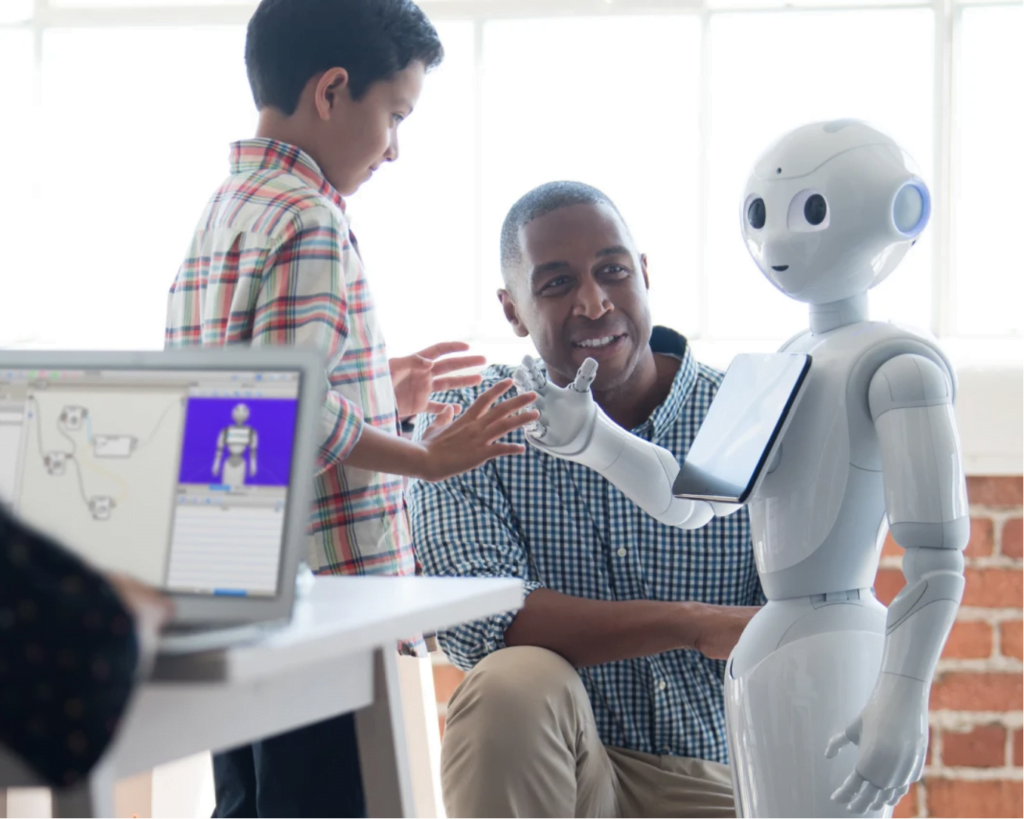
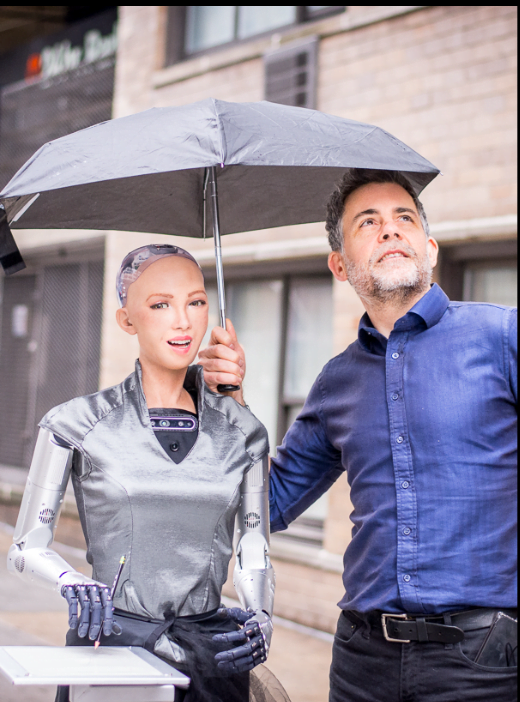
Beyond humanoid designs, non-humanoid robots like Sony’s Aibo, a playful robotic dog redesigned and relaunched in 2018, or the seal-like Paro, developed for calming effects in long-term care facilities, and Miro-e, a bioinspired robot for education and therapy, contribute to the diverse landscape.
The interactive and dynamic features of social robots, coupled with their capacity to comprehend and respond to human emotions, position them as potential solutions for domains requiring social engagement and comfort. In healthcare, social robots are being explored for emotional support across various age groups, from pediatric populations to older adults. In education, these robots serve as tutors or co-learners, promoting cognitive and affective outcomes, including developing social skills. Notably, a focus has been on populations facing challenges with sociability and attention, such as children with autism spectrum disorder (ASD).
Social robots are also finding a place as home companions, offering an alternative to animal pets and positively impacting loneliness experiences. However, concerns have arisen in certain application areas. Instances, where young children or older adults with cognitive impairments mistook a social robot for a living entity, have raised ethical questions. Additionally, situations where individuals placed undue trust in guide robots have sparked debates about ethical risks. The controversial emergence of anthropomorphic robots as companions in intimate settings has further fueled discussions about ethical considerations.

